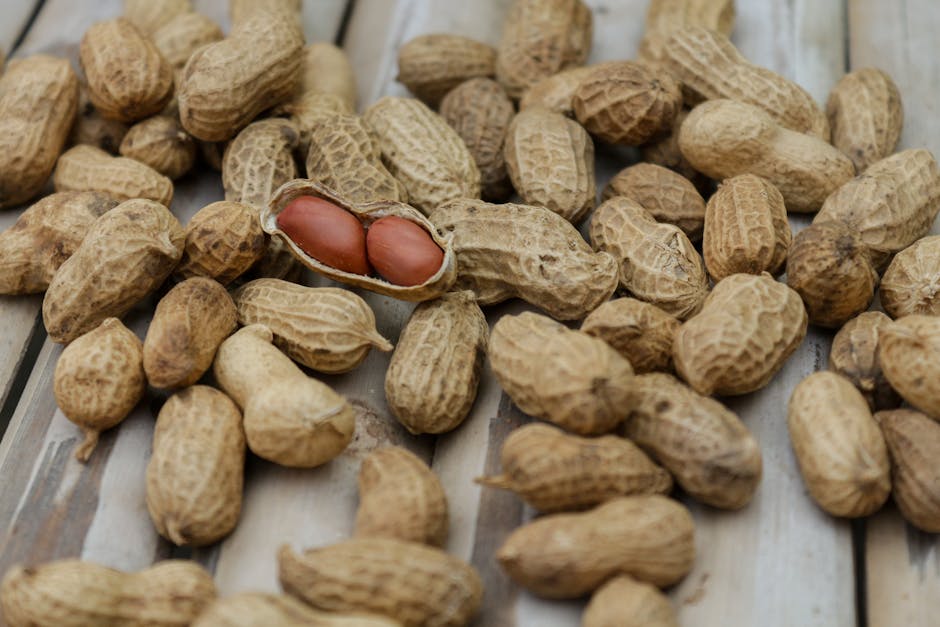Ever wonder what all those numbers on food labels really mean? The Nutrition Facts table is your go-to tool for making informed food choices—whether you’re shopping in Canada or comparing with U.S. labels. Here’s how to use it to your advantage.
At the top of the table, you’ll see the serving size—this is the amount of food the nutrition info refers to. It’s listed in common household units (like ½ cup or 6 crackers) and metric units (like 125 mL or 30 g).
Tip: Compare this to how much you actually eat—your portion might be more or less.
Next up: calories. This tells you how much energy you’ll get from one serving.
In both Canada and the U.S., calories are listed in kilocalories (kcal), but you won’t see the “kcal” label—it’s just called “calories.”
The table lists 13 core nutrients, including:
- Fat (total, saturated, trans)
- Cholesterol
- Sodium
- Carbohydrates (fiber, sugars)
- Protein
- Vitamins and minerals (like calcium, iron, potassium)
Each is shown in grams (g) or milligrams (mg) per serving.
To understanding if a food is high or low in a nutrient, this is your shortcut:
- 5% DV or less = a little
- 15% DV or more = a lot
Use % DV to compare products and choose options that are higher in fibre, vitamins, and minerals, and lower in saturated fat, sodium, and sugars.
Reading the Nutrition Facts table helps you:
- Make healthier food choices
- Compare similar products
- Manage dietary needs (e.g., low sodium, high fibre)
- Understand what you’re really eating
The Nutrition Facts table is more than a label—it’s a tool for smarter eating. Take a moment to read it, and you’ll be making better choices in no time.
For more information, visit:
Nutrition labelling: Nutrition facts table – Canada.ca
How to use food labels to make healthier choices – Canada’s Food Guide



